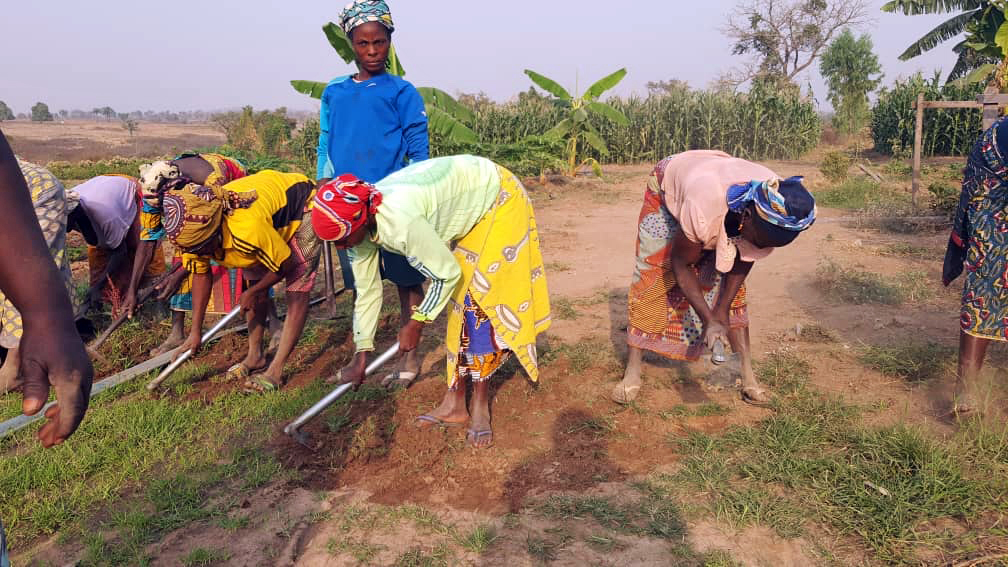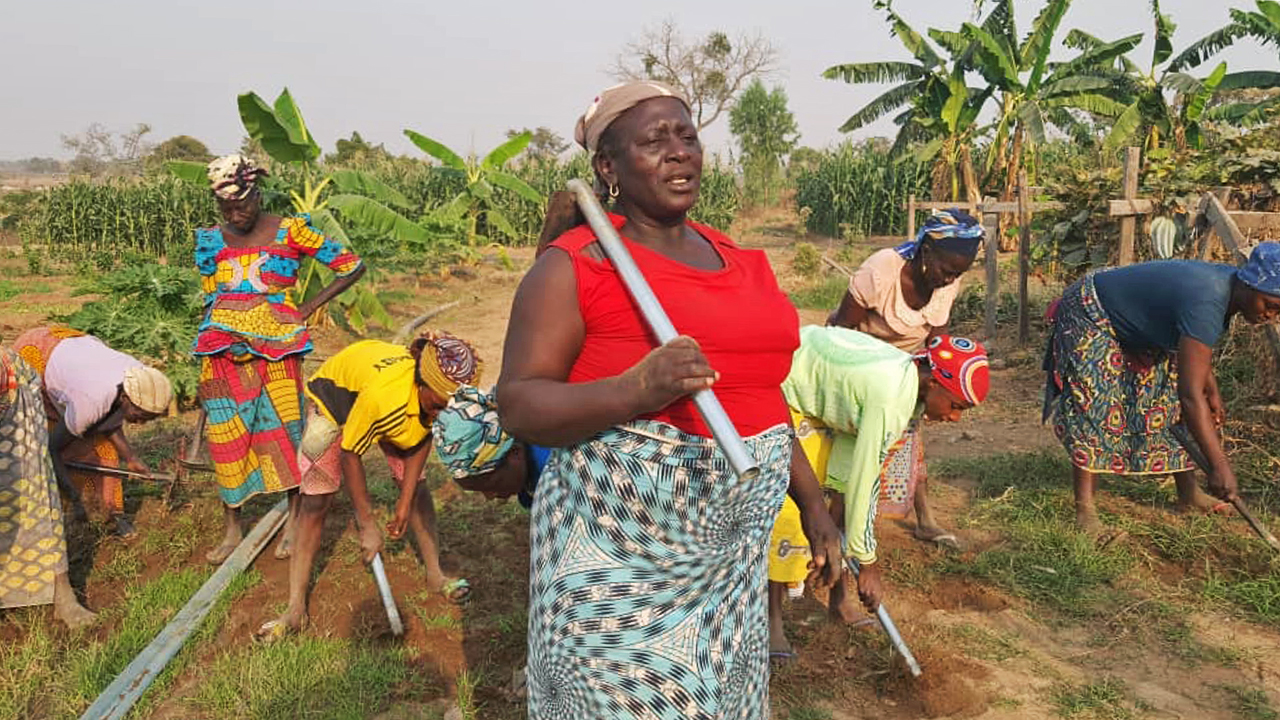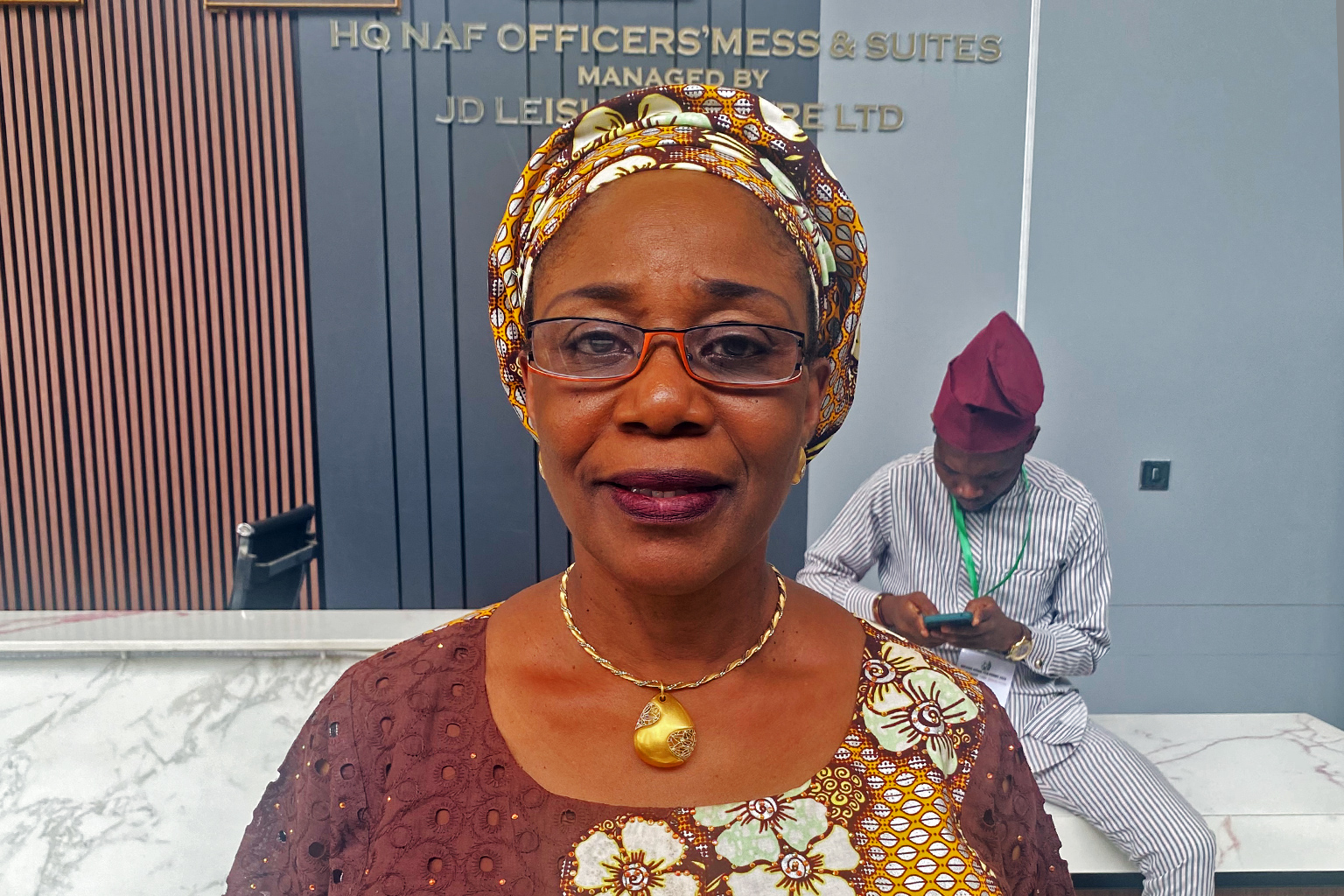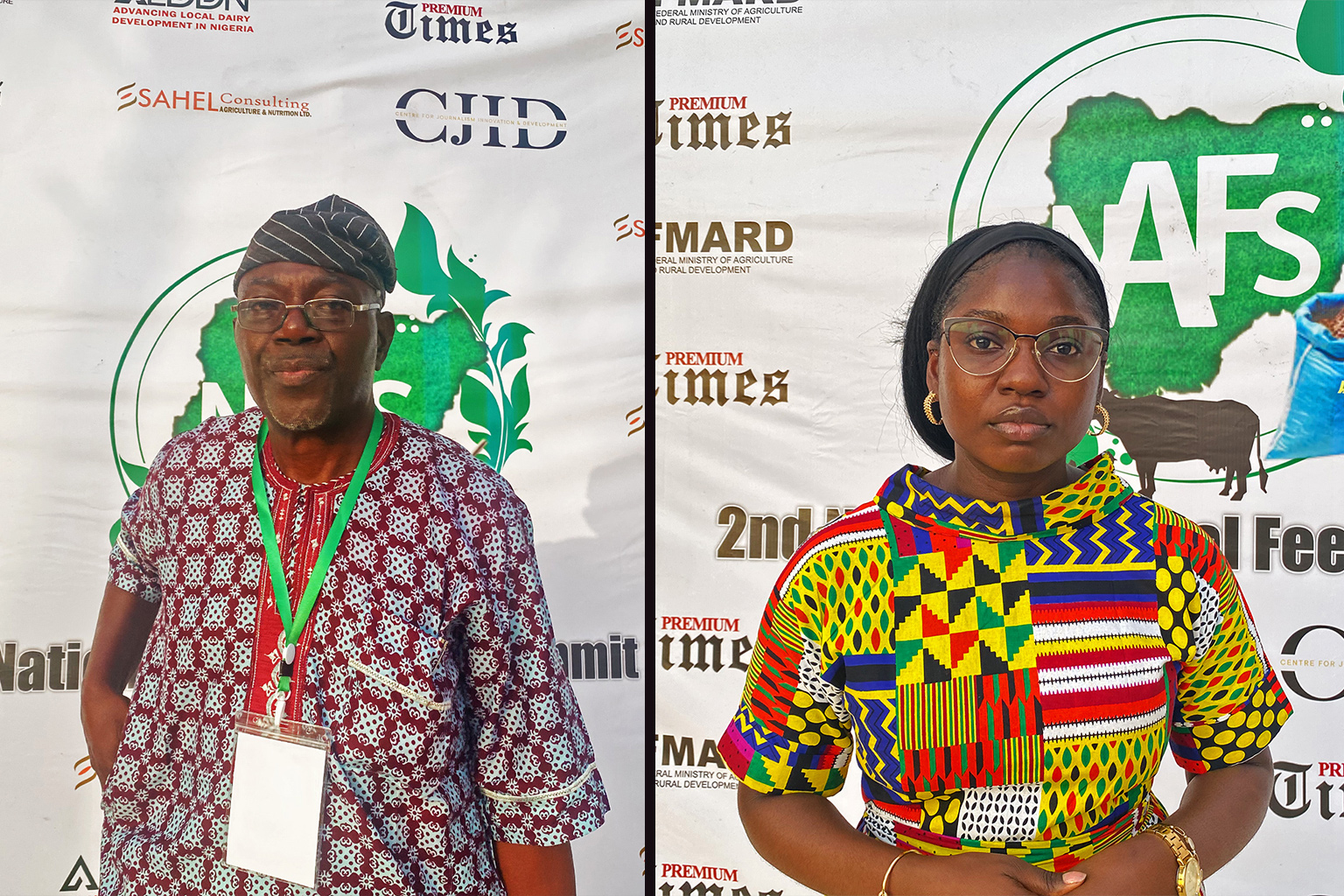- A new global study shows that both conservation and farming production can improve when women farmers are more involved in decision-making.
- The study, published in the journal Communications Earth & Environment, aimed to look at the effectiveness of paying farmers monetary incentives to protect the environment but found that such payments are not necessarily reliable; more reliable are women’s decision-making roles.
- The findings add to a growing body of research about women and decision-making in agriculture; yet, globally, women hold a minority of leadership positions, particularly in environmental sectors.
A new study shows that both conservation and agricultural production can improve when women farmers more widely participate in group decisions about sustainable practices.
The report, published in February in the journal Communications Earth & Environment, highlights that agricultural production and conservation outcomes improved among the study group when gender diversity was increased.
The findings complement a growing body of research that highlights the important influence women can have in effective and efficient management of both natural resources and agricultural pursuits.
The results were somewhat unexpected for the researchers, who had initially designed the study to examine the effectiveness of paying farmers monetary incentives to protect the environment. Their goal was to look at how farmers behave when confronted with conservation dilemmas. But they found that such payments are not necessarily reliable and may not translate to a “win-win” situation. Much more effective: women in decision-making roles.
“We didn’t design the experiment to study the mechanism through which women’s involvement had an effect,” Wei Zhang, a senior research fellow at the International Food Policy Research Institute and a co-author of the study, told Mongabay in an interview. But previous studies have included such analyses that offer some insights, and Zhang and her team’s results add to the existing research.
 A player considers his choices in the NonCropShare game in Siem Reap, Cambodia. Image courtesy of Andrew Reid Bell and team. |
To conduct the study, the scientists designed and built three video games using a modeling tool called NetLogo. The games were named “GooseBump,” “NonCropShare” and “SharedSpace.”
According to the study, each of the video games expressed a different dilemma for players. The researchers described GooseBump as a scenario in which a player decided whether to let invasive wildlife damage crops, scare the animals onto other farms or use lethal control. NonCropShare, on the other hand, allowed players to choose between using pesticides or natural insect-based pest controls, and SharedSpace presented players with decisions about balancing crop production with conservation of forest and fallow land.
These games were played on tablets across seven countries in Europe, Africa and Asia — from Cambodia to Kenya to the Orkney Islands.
According to Andrew Reid Bell, a Boston University associate professor in the Earth and Environment Department and the study’s lead author, whenever it was locally appropriate, the research team gave cash rewards similar to a day’s wages for playing the game, with some variation based on the players’ scores.
He explained that players’ earnings would depend on how they performed in the game based on what they dubbed “incentive compatibility” — how well players’ decisions in the game aligned with the way they would make such decisions in real life.
“In some cases however, groups didn’t feel this was appropriate and we would take their lead,” instead providing, for example, small gifts like soap or mobile phone top-ups, Bell noted.
Across the aforementioned range of dilemmas, the study found that while payments can encourage pro-conservation behavior, they often fail to leverage the potential for jointly improving crop production and environmental outcomes.
Instead, the research showed, both production (yield) and environmental preservation outcomes fared better in groups that were more educated, more gender diverse and that better represented women.

Surprises
According to Bell, the research findings came as “a surprise” because the focus on women wasn’t central to the study design, although they did their best to include women in the study sampling.
The findings showed “that landscape outcomes were in many cases better when groups included more representation from women,” said Bell in an interview with Mongabay. Although the study analyses were only carried out at the group level, rather than at the individual level, he added.
In future studies, Bell said they might more carefully design experiments to identify the effects of not only women’s participation, but of women’s roles in decision-making.
Bell said they found that the games are great framing tools to bring out issues that farmers face.
Bell noted that the games did not reveal specific behaviors unique to women or men, but rather, they showed a range of different responses to dilemmas, with the end results showing that game groups with more women and more gender diversity tended to be more productive.
“Their involvement boosted cooperation between farmers on environmental issues and increased output,” the report stated.
However, Bell said they could do a deeper analysis of their results by trying to see how, perhaps, women played the games differently.
“But we haven’t done that yet. I’d say that the question you outline here for us is really a good research question for our and others’ future work: What is it about women’s participation in farming that leads to better production outcomes?” he added.

Just as Bell and his team of researchers discovered women’s potential influence in conservation-oriented decision-making, another study conducted in a farming community on Indonesia’s Sulawesi Island published in February also found that women and younger farmers can be more influential than older men in persuading peers to adopt new technologies and practices. This, the researchers said, could have significant implications for conservationists who are keen to mainstream sustainable agriculture programs within communities.
Zhang said their findings have contributed to expanding the evidence base that continues to evolve. People’s preferences, actions and behaviors around natural resources, individually or collectively, are complex and context-dependent, she said. “More empirical research is needed on the role of gender in conservation, collective action and natural resource governance,” she said.
Zhang said one of the major takeaways from the research was that gender norms and social constructs affect nearly all aspects of life with important implications for production, conservation, health, development and so on.
“Gender equality is both the means and goal of many SDG [sustainable development goal] targets. Gender empowerment therefore should be considered in project design,” she added.

Women lag behind in leadership roles
Although several research findings have suggested that women’s involvement in farming groups with sustainable agricultural goals is a significant human factor that could make a difference around the world, women’s representation in conservation decision-making seems to be far from exemplary, globally.
According to International Union for Conservation of Nature (IUCN) data, even when women contribute invaluable experiences and knowledge toward effectively safeguarding the environment and achieving sustainable development goals, they are often poorly represented in decision-making positions.
Among countries that have ministries focused specifically on climate change, the IUCN noted that only 15% are headed by women; for forest-specific ministries, just 18% are headed by women and only 11% of water-related ministries are run by women.
Much the same can be found at local levels. Take Nigeria, for example. Nigerian women play a vital role in food and agriculture production, and they account for the majority of farmwork and related labor. Yet they lag behind in leadership roles. Even though women constitute about 49.32% of Nigeria’s population — nearly half — the percentage of women running for office in the country’s general elections in February was 8.9%, even lower than 12.9% in 2019, said Busola Ajibola, deputy director of the Journalism Program at the Center for Journalism Innovation and Development.
“The greatest barrier to women’s emergence in political leadership is political parties,” she noted, explaining further that political parties are the structures through which candidates emerge, and citizens can choose only from the people involved.

“If political parties do not support women’s emergence, then there will be no women to vote for,” Ajibola said.
Yet, as far back as 1997, the the Food and Agriculture Organization (FAO) noted in a report on food security that women in developing countries “hold the key to the future of the Earth’s agricultural systems and to food and livelihood security through their roles in the selection of seed, the management of small livestock and the conservation and sustainable use of plant and animal diversity.”
The FAO said rural women’s key role as food providers and food producers links them directly to the management of genetic resources for food and agriculture and has given them a unique knowledge and decision-making role related to local species and ecosystems, acquired over centuries of practice.
The FAO emphasised that in many areas, the majority of smallholder farmers are women, and they work to maintain a wide diversity of crops, wild plants, animal breeds and strains that are adapted to local environments. This helps prevent crop failures and animal diseases, and it helps ensure a continuous and varied food supply.
“In smallholder agriculture, women farmers have been largely responsible for the selection, improvement and adaptation of plant varieties,” according to the FAO report. “In many regions, women are also responsible for the management, including reproduction, of small livestock. … The choice of preferred traits in the breeding of animals includes adaptations to the local conditions such as available feeds, resistance to disease.” These choices — with women at the center— involve a “sophisticated decision making process,” that was just starting to gain recognition at the time, according to the report.

Obstacles for women in conservation and agriculture
The director of animal husbandry services at Nigeria’s Federal Ministry of Agriculture and Rural Development, Winnie Lai-Solarin, said bringing women into conservation and agricultural production helps to improve the process because women fully understand the concepts. “Women are the embodiment of it all,” she said.
While citing an example of the artificial insemination process in livestock, she said involving women will enable them to convince many people of the importance of improving their breeds. Women are also able to use their knowledge in conservation practices, she added.
She described women as being “balanced” with particular “multitasking” skills, “not because we are women, but because of the roles society has placed on us,” she said. “By multitasking, in this instance, we are saying we need to conserve what we are doing and also improve the genetic performance of what we have today for increased productivity.”
Oyedele Oyediji, the former registrar and chief executive of the Nigerian Institute of Animal Science, said the importance of women as decision-makers in agriculture and conservation cannot be overemphasised.
“No women, no food,” he noted, adding that “70% of all farm work — planting, harvesting, threshing, and winnowing, among others — are all done by women.” Yet, Oyediji said, in addition to conducting the majority of farm labor, women still have to care for their children, home, husband and themselves.

Challenges and recommendations
Lai-Solarin explained that the major challenge bedeviling women in decision-making is people who want to underestimate what women can do. She said it is important to see a woman as more than just a wife who should remain at home.
Amid stereotypes across cultural lines in Nigeria, which seem to downplay women’s potential in communities due to cultural or religious restrictions, Lai-Solarin said, giving women opportunities in decision-making roles would enhance their talents. But the major challenge is opportunity — something she said women never get, and they should fight for.
“It should be all-inclusive: agriculture and conservation. Don’t over-emphasise the male gender and then over-simplify the female gender, and don’t do vice versa,” Lai-Solarin noted.
“As of now, everything is still tilted towards the man,” Oyediji said. “When women do all this farm work, produce the grains, thresh the grains, package, clean and it is ready for the market, they [women] would take it to the market and sell it. But due to cultural issues, they will still have to bring the proceeds of the sale back to the man sitting at home — which is unfair.”
He said this has to change, and there is a need for innovations to reduce the strain and stresses on women, from capacity building to access to technology and simple machinery that would reduce their physical labor and help them remain healthy.

Fisayo Kayode, a senior manager at Sahel Consulting Agriculture and Nutrition Limited, agreed there has been a gap when it comes to women’s participation in agricultural leadership.
“We have seen women doing a lot of work at production, processing and distribution aggregation levels,” she said, “but we don’t see women taking the front seat when it comes to making decisions at household levels, community levels, local levels, state levels and sub-regional levels.”
This, she said, is because there has been a lot of fragmentation of women in different value chains in agriculture, particularly livestock.
Kayode explained that women have less access to resources like land, and they also do not have equal access to financial resources and extension support, which would thereby increase their knowledge and ability to participate more widely in decision-making.
Banner image: Immaculée Nyirahabimana, a farmer from Rwanda. Image by CIAT/StephanieMalyon via Flickr (CC BY-NC-SA 2.0).
Inaugural Indigenous women’s forum spotlights Congo Basin conservation
Citations:
Bell, A. R., Rakotonarivo, O. S., Bhargava, A., Duthie, A. B., Zhang, W., Sargent, R., … Kipchumba, A. (2023). Financial incentives often fail to reconcile agricultural productivity and pro-conservation behavior. Communications Earth & Environment, 4(1). doi:10.1038/s43247-023-00689-6
Matous, P. (2023). Male and stale? Questioning the role of “opinion leaders” in agricultural programs. Agriculture and Human Values. doi:10.1007/s10460-023-10415-9
Women: The key to food security. (1997). Retrieved from Food and Agriculture Organization of the United Nations, Women and Population Division, Sustainable Development Department website: https://www.fao.org/3/x0171e/x0171e00.htm#TopOfPage
